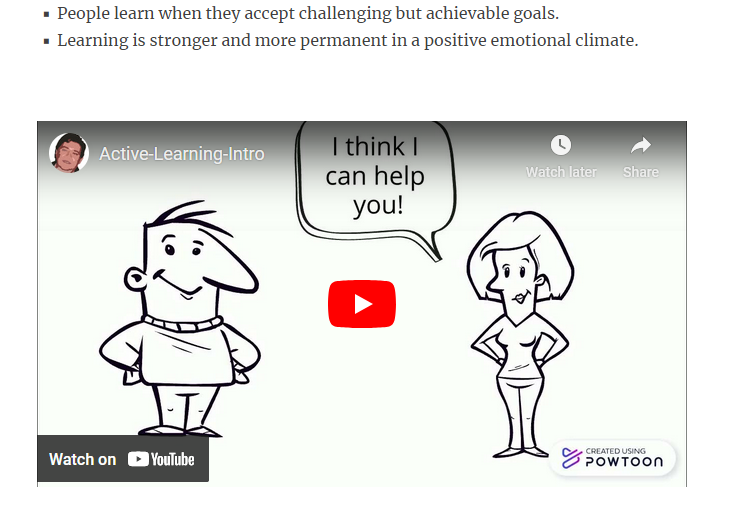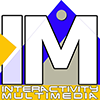
Example of multimedia-based content in a Learning Platform
Summary using multimedia content in learning platforms
First of all, you have to plan and structure your training course. For this issue, we recommend “Backwards Design” and use it as a standard in our development of training courses.
The steps involved in Backwards Design are displayed in the following tabs.
By using Backwards Design in planning training courses, educators can ensure that their courses are effective and relevant, providing students with the knowledge and skills they need to succeed. This process helps to create a clear and focused learning experience, leading to better student outcomes.
Step 1 – Determine the learning objectives
Before implementing multimedia content into learning platforms, it is essential to determine the learning objectives. This will help to ensure that the multimedia content aligns with the goals of the course and supports the learning outcomes.
Step 2 – Choose meaningful multimedia content
Once the learning objectives have been established, the next step is to choose the right multimedia content. The multimedia content should be relevant, engaging, and appropriate for the target audience. It is also important to consider the technical specifications and compatibility of the multimedia content with the learning platform.
Step 3 – Integrate multimedia content into the curriculum
After selecting the multimedia content, it is time to integrate it into the curriculum. The multimedia content should be integrated into the course material in a way that enhances the learning experience and supports the learning outcomes. It is important to consider the order of the multimedia content, its length, and the pacing of the course.
Step 4 – Evaluate and refine
After the multimedia content has been integrated into the curriculum, it is essential to evaluate its effectiveness. This can be done by soliciting feedback from students and monitoring their engagement with the multimedia content. Based on the feedback, the multimedia content can be refined and improved to enhance the learning experience.
Step 5 -Maintenance and updating
Finally, it is important to maintain and update multimedia content regularly to ensure that it remains relevant and up-to-date. This can involve revising outdated information, adding new multimedia content, and removing content that is no longer relevant.
Summary
In conclusion, the implementation of multimedia content into learning platforms is an effective way to engage students and enhance the learning experience. By following the steps outlined above, educators can effectively implement multimedia content into their learning platforms and provide students with a more interesting and memorable learning experience.
Hits: 146
